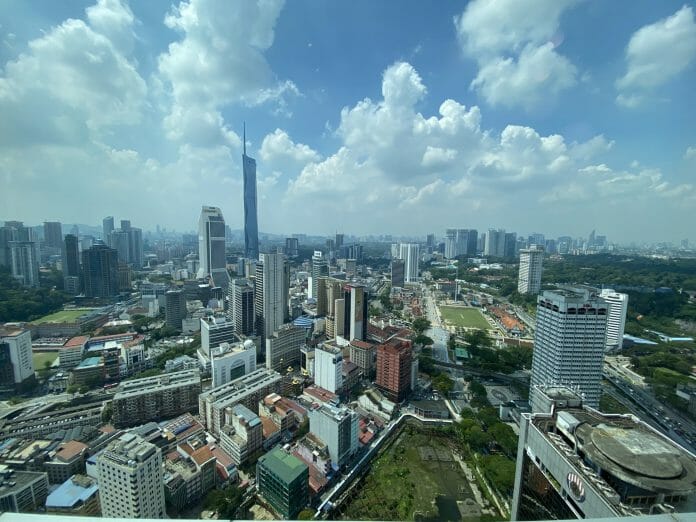While global economic growth is slowing, Malaysia’s outlook is surprisingly bright for three reasons. Both this year and next, economic growth will outstrip not only the rates of other Asean countries like Thailand and Singapore, but also the rates of developed countries in Europe and North America, according to comments released today by Irhamy Ahmad MRICS, Chartered Valuation Surveyor and CEO and Founder of Irhamy Valuers International, a part of Juwai IQI.
“We expect GDP growth to come in at 4.7% in Malaysia this year, and our forecast for 2024 is 4.9%,” Mr. Irhamy said.
“One way we see this growth is through a 30% increase in valuation jobs for large construction machinery and factory equipment. Companies are replacing their machinery to increase productivity and accommodate demand growth. That is an excellent sign for the economy.
“In developed countries, higher interest rates, soft demand, and high inflation are weakening the outlook. The IMF predicts world economic growth will likely be 3% both this year and next. Developed countries are faring worse. GDP growth will only be 0.9% this year in the Euro area and 1.8% in the United States.
“No one should take Malaysia’s strong performance for granted, because the economy has had to overcome shocks such as the continued absence of Chinese tourists. Tourism accounts for 13% of economic activity, but the biggest spenders from the pre-Covid period have not yet come back. In the summer holidays, Chinese visitors only reached 30% of the pre-Covid level.
“Instead of tourism, the three sectors that are driving our positive outlook are the transition to net zero, trade, and the digital economy.
“Malaysia’s growing economy needs ever-more power, so the transition to net zero requires not just replacing current power generation with greener alternatives but also building entirely new capacity that is green right from the beginning. That means hundreds of millions of ringgits of investment.
“Indonesia and Vietnam have set examples for Malaysia by signing Just Energy Transition Partnerships with developed nations. The partnerships will open the door to tens of billions of dollars of green investment.
“Decarbonisation will create significant new opportunities. Bank Negara estimates that the energy sector alone will need RM1.85 trillion of investment by 2050.
“Just last month, Malaysia announced it had enticed Tesla to set up its headquarters in Selangor despite Indonesia’s ardent wooing of the electric car manufacturer. This is further evidence that Malaysia can succeed in its green ambitions.
“Trade is the second factor driving economic growth in Malaysia – thanks in part to the Regional Comprehensive Economic Partnership and the Comprehensive and Progressive Agreement for Trans-Pacific Partnership.
“The global centre of gravity for manufacturing is shifting from China to Southeast Asia, and the region now does more trade with China than does the European Union. Within Southeast Asia, Malaysia is increasingly developing as a manufacturing base.
“This year, Malaysia signed memoranda of understanding with Indonesia and Brunei that may lead to billions of ringgits of further manufacturing investment. And while industrial output growth fell below 3% in April, it remains higher than in larger manufacturing economies like Vietnam, Thailand, and Korea.
“The third factor behind Malaysia’s strong GDP is the rapidly growing digital economy. This sector will account for one of every four ringgits generated by 2025.
“Malaysia’s farsighted investment in 5G is one enabler here, with two-thirds of populated areas already covered by 5G as of July 31.
“One fast growing element of the digital economy is data centers. There are already 33 data centres in Malaysia, and at least a dozen more are being developed. Driving this development are supportive government policy, high levels of connectivity, a large population, abundant cost-competitive land, inexpensive sustainable energy, and Malaysia’s geographical position in ASEAN and next-door to Singapore.
“The digital economy also releases productivity gains in other sectors. The National Strategy focuses digital transformation on the key sectors of trade, agriculture, services, smart cities, healthcare, finance, content, tourism, and the Islamic digital economy.
“Digitization will both increase growth and reduce costs in these sectors. That will add still more to overall GDP growth.
“Malaysia is in a strong economic economically and looks set to reap benefits over the next two years from digitization, trade growth and the transition to net zero, all of which will lead to billions of ringgits of new investment.”









